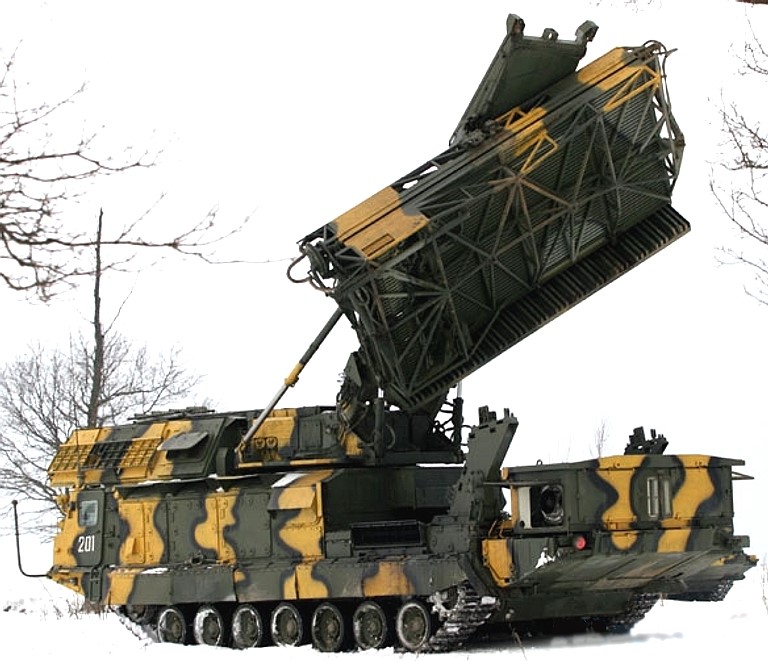A French military aircraft conducting a surveillance flight over the Baltic Sea as part of NATO’s operations was subjected to an “attempted jamming” and “illumination” by a Russian fire-control radar.
The Atlantique 2 aircraft, part of a French naval unit, was on a nearly five-hour-long reconnaissance flight over the Baltic Sea, monitoring maritime activity near Baltic countries, including Sweden.
During this mission, the crew surveyed approximately 200 vessels, mostly civilians, but found no suspicious activity that could be linked to the recent damage to submarine telecommunications and power cables in the region.
According to Le Figaro, which cited the French military, the aircraft was carrying a journalist from the AFP news agency at the time of the incident.
The French Armed Forces disclosed that during the mission, the aircraft was subjected to “attempted jamming” and “illumination” by a fire-control radar, a military term referring to the use of radar to target an object.
Colonel Guillaume Vernet, spokesperson for the French Armed Forces, condemned the actions, calling them an “aggressive act.”
“The use of radar to ‘illuminate’ our aircraft in international waters is an aggressive act,” Vernet stated, adding that such actions “are not exceptional in this area” and “means that Russia is not staying passive.”

Colonel Vernet praised the professionalism of the French crew, noting their ability to de-escalate the situation and continue the mission without further incident.
“Russia has made known, in a contained manner, its hostility,” Vernet said, “but the professional behavior of the (French) crew has made it possible to avoid any escalation.”
While Russia’s actions are seen as provocative, the French military suggests that Moscow likely refrained from further escalation due to the potential risks of attacking a NATO aircraft. “An attack on a NATO aircraft can provoke a sudden and serious escalation with NATO,” Vernet added.
The incident, though serious, is not considered isolated. General Christopher Cavoli, commander of NATO forces in Europe, described such incidents as widespread, extending “far beyond the borders of Europe.”
Sebastien Lecornu, Minister of the Armed Forces, said, “On Wednesday night, a French Atlantique 2 maritime patrol aircraft was the target of Russian intimidation.” “It was patrolling in international airspace over the Baltic Sea as part of a NATO operation and was illuminated by the fire-control radar of an S-400 ground-based air defense system. This aggressive Russian action is unacceptable. Our armed forces will continue to act to defend freedom of navigation in international air and sea spaces.”
What Is A Fire Control Radar
A fire-control radar, also known as a tracking radar, is a system built to measure the coordinates of a target, track its movements, and provide data to predict its future position.
These radars offer continuous position data for a single target to help military and defense systems respond with precision. Often, fire-control and tracking radars are used interchangeably, as both serve critical roles in target acquisition and tracking.
Fire-control radar systems operate through three sequential phases: Designation, Acquisition, and Track. These phases are integral to the radar’s function in locating, acquiring, and continuously tracking a target.
Designation Phase: The radar must first be directed toward the target’s general location. Fire-control radars must be aimed at a broad area in the designation phase to locate potential targets because these radars have narrow beams.
Acquisition Phase: After the radar is in the general vicinity of the target, it switches to the acquisition phase. During this phase, the radar searches a small, predefined volume of space in a specific scanning pattern to find the target. This process helps narrow down the target’s precise location for further tracking.

Track Phase: Once the target is located, the radar enters the track phase. Here, the radar locks onto the target and continuously tracks its movement. Using one of several scanning techniques, the radar system automatically adjusts to follow the target’s motions to help accurate tracking and precise data for targeting systems.
Meanwhile, the term “illumination,” as used by the French military to describe the attack, refers to the use of fire-control radar to actively target an object by directing radar beams toward it. When a radar system “illuminates” a target, it locks onto the target, providing continuous tracking data to guide a missile or other weapon.
Beyond its primary role in targeting, illumination can also function as a form of electronic warfare to send a signal to the target that it is being tracked, which can serve as a psychological tactic or deterrent.
In modern military engagements, illumination is often considered an aggressive act, as it signals the intent to target or engage an adversary.
- Contact the author at ashishmichel(at)gmail.com
- Follow EurAsian Times on Google News




